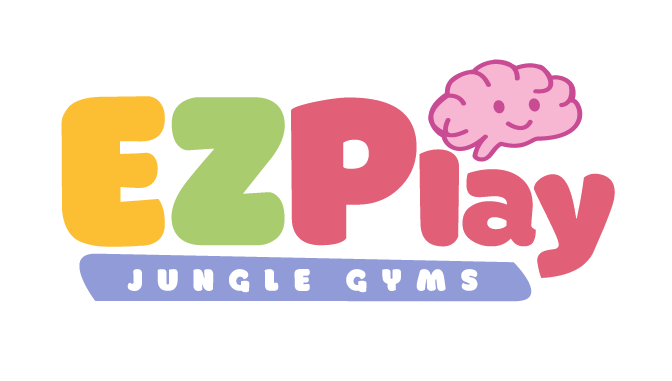
Why Hanging Is a Hidden Superpower for Brain Development
Written by Dr. Stefanie Rodsater, Pediatric Chiropractor and Founder of Building Brilliant Brains
Want stronger grip? Better posture? Clearer breathing?
How about improved brain integration and emotional regulation?
Let your child hang.
It’s simple. It’s primal. And according to the Doman method, brachiation (the act of swinging or hanging by the arms) is one of the most powerful, overlooked tools for brain and body development.
The best part? Hanging isn’t just for fun—it’s serious brain work.
Why Hanging Matters for the Brain
When your child hangs, here’s what’s happening under the surface:
🧠 Stimulates the vestibular system for balance and coordination
💪 Strengthens grip and shoulder stability (essential for fine motor skills)
💨 Expands the rib cage and improves respiratory function
🧠 Integrates primitive reflexes like the Moro and TLR (key for emotional regulation)
🛑 Improves core strength and postural endurance (which affects sitting and focus)
This kind of full-body movement helps your child process sensory input more effectively—and literally builds better brain-body connection.
What Glenn Doman Taught About Hanging
Glenn Doman taught that the brain grows by use, and hanging is one of the best ways to engage large muscle groups while stimulating neurological function.
He believed brachiation:
-
Builds upper body coordination
-
Strengthens the neurological pathways needed for reading, writing, and speaking
-
Should begin early (as soon as the baby can grip!)
So when your child is hanging? They're doing deep developmental work.
How to Support Hanging at Home
You don’t need a jungle gym in your living room (though we won’t stop you!). Start simple:
✅ Use the Panda Playground Jungle Gym
Monkey bars + climbing ladder = built-in hanging + climbing fun
🙌 Great for toddlers and preschoolers
💡 Add a soft landing pad to boost confidence
✅ Try the Koala Adventure Playset
Designed with upper body exploration in mind
🛠️ Add-on monkey bars or rings for progression
🏋️♀️ Excellent for shoulder development and cross-body movement
✅ DIY Hanging Ideas
-
Hold your baby while they grips your thumbs or a dowel
-
Let your toddler hang from your arms and swing
-
Use a doorway bar or small indoor pull-up bar
-
Supervise “hang and drop” play with soft mats
How Often Should Kids Hang?
👉 Start with just 10–30 seconds at a time
👉 Do it 1–2x per day
👉 Make it fun and playful (counting, songs, swinging)
👉 Watch their grip improve quickly

Final Thoughts
Hanging may look like monkey business—but it’s actually brain business.
It builds strength, regulation, and connection from the inside out.
So don’t wait for the playground.
Create safe opportunities to hang at home—and support your child’s brain, breath, and body all at once.
🧠 Want to build a hang-happy play zone?
EZPlay’s Koala and Panda sets are designed for climbing, swinging, and brachiating joyfully—from toddler years through big kid fun.






